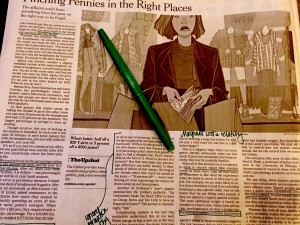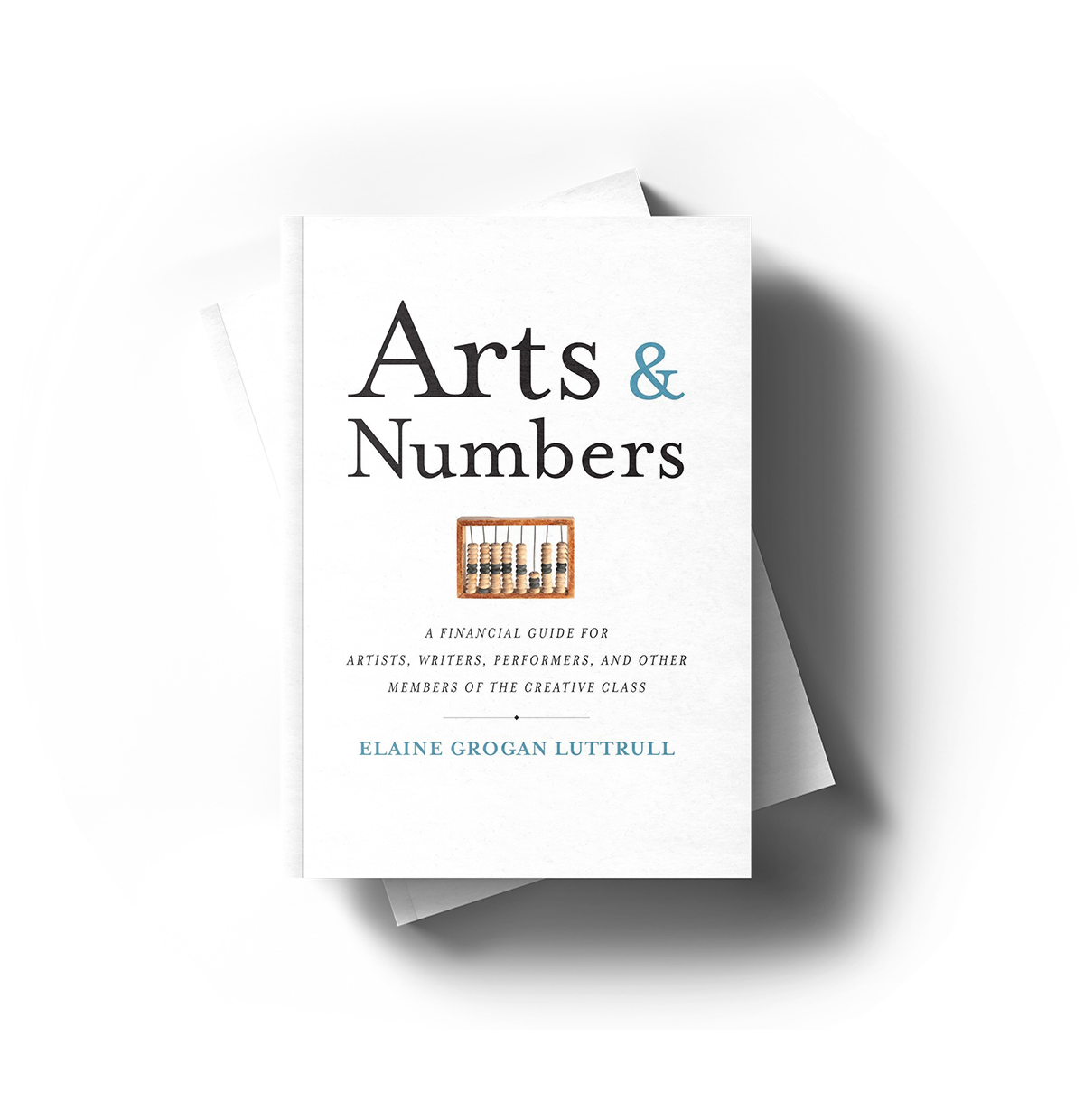February 15, 2016 • Curriculum
 Yesterday was Valentine’s Day. And nothing says Happy Valentine’s Day like an article on frugality, which is perhaps, why I absolutely adore reading the Sunday Times over coffee every Sunday morning.
Yesterday was Valentine’s Day. And nothing says Happy Valentine’s Day like an article on frugality, which is perhaps, why I absolutely adore reading the Sunday Times over coffee every Sunday morning.
This week, “Pinching Pennies in the Right Places” caught my attention. Strategically saving is something that comes up often. The secret to happiness in life, I’ve mentioned once or twice, is to know what you value—know where your utils are—and maximize the time and money you spend on them. When we prioritize spending in areas we value, we make informed, empowered decisions, rather than curtailing our spending just because, or excessively spending because our willpower is exhausted.
The article—which is well worth a read—highlights the foundation of behavioral economics: We have no idea what we’re doing, and despite that, our behavior—foolish as it is—is remarkably predictable. Even though it makes no sense.
We “fall prey to a mental illusion,” it illustrates, as we overvalue percentages, rather than absolute dollars. “What’s better?” it asks. “Half off a $20 T-shirt or 3 percent off a $500 jacket?” (Spoiler Alert: Saving $15 on the jacket is better than saving $10 on the tee shirt.)
And yet, “half off” is awfully hard to refuse. It feels like so much!
(Worth noting, by the way, is the fact that many people may not be comparing a $20 tee shirt to a $500 jacket. It is far more likely we’d be comparing a $20 tee shirt and a $50 jacket, for example. If that were the case, we’d “break even” in savings with 20% off the jacket and half off the tee shirt.)
But the bottom line remains the same: Do the math.
Another set of examples in the article highlight how we overvalue saving on relatively small items—for example a pair of jeans—and undervalue saving on larger items—for example investment fees. Spending a few hours shopping around online for savings on jeans may not be worth as much to us in absolute dollars as shopping around to find comparable investment options for lower fees. But there is a huge elephant in the room in this example: We’re pretty comfortable shopping around for things we understand. It is considerably harder to shop around for things we don’t necessarily understand quickly. When that is the case, we often look for cues in the world around us to help us identify what a “reasonable” price for the unfamiliar item might be. (Credit yet another behavioral economist, Dan Airely, for this gem, which he outlines in Predictably Irrational.)
It’s also worth noting that additional fees, particularly for changing investment options may apply, so this example might not necessarily be comparing apples to apples.
But all of this can be reduced to something incredibly simple: Do the math. And what’s more? Make informed, empowered decisions, rather than reactionary ones. Be patient with yourself; take your time to understand the choices, rather than choosing quickly because you’d rather not think about it.
Then you really will be “pinching pennies in the right places.”


